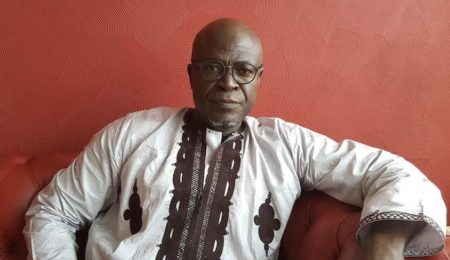More than just ‘hoopla over hair’—afro shaming runs deeper than style
Two weeks ago, a video filmed at the San Francisco State University which depicted Bonita Tindle, an African American woman, confronting Cory Goldstein, a white man, about his dreadlocks made rounds around the web. Tindle claimed dreadlocks were a part of her culture and physically restrained Goldstein from leaving.
To the onlooker, this may seem like a lot of fuss over dead skin cells and keratin. However, the Black hair discussion is not as banal as one may think, especially in a time when snatched weaves have entered everyday dialect, braid extensions can be seen around campus and celebrities like Kylie Jenner are wearing cornrows.
The issue surfaced once again just a few days ago when Cree Ballah, a mixed race woman from Toronto, was accosted by her two managers at Zara about her box braids, which they felt weren’t a clean, professional look, despite Zara’s lack of a policy on hairstyles.
In a similar situation, Tayjah Deleveaux, an Afro-Bahamian student in the Bahamas, was told by her school principal in February that her afro hairstyle was “untidy, ungroomed, unkempt, and looked like it has been uncombed for days.” Her classmates reported how they themselves have been threatened with expulsion or suspension if they didn’t straighten their hair, spurring the #SupportThePuff movement.
Though I disagree with Tindle’s use of violence and could care less about Goldstein’s dreadlocks, I think the incident, along with the ones that follow, sheds light on the historical controversy surrounding afro-textured hair.
Before getting into the politics of things, let’s start at the root. The shape of your hair follicle (the hole your hair grows out of) determines the shape and texture of your hair. People with straight hair have thicker, rounder follicles, while people of African descent, such as myself, tend to have follicles with a thin, elliptical shape. The helix-like, zig zag shape of each hair strand is what creates the gravity-defying Afro.
Unfortunately, its diverging appearance and the fact that it is characteristic of black people means afro-textured hair has suffered from colonialism, slavery, racism and residual Eurocentric beauty ideals. Typical descriptors for hair of this texture include nappy, unkempt, messy, ugly, wild, unprofessional, and untamed—yes, even today.
Hair that is softer, straighter and easier to manage is praised as “good” while hair that is more coiled is looked down upon, especially from parents, family friends and hair stylists who don’t know how to manage it. In the pursuit of unattainable beauty standards, many resort to damaging hair relaxers that often leave chemical burns or straighteners that cause heat damage over time.
This conditioned disdain for afro-textured hair hasn’t gone uncontested. In fact, the civil rights movement in the United States led many African Americans to rock their afros—the Natural hair movement for example has gained momentum worldwide, leading to the decrease in sales for chemical relaxers and increase in dedicated hair blogs and products.
Progress has definitely been achieved, but the countless examples of unreasonable shaming, such as the ones mentioned earlier, prove that damaging attitudes towards afro-textured hair still linger.
Hair might be meaningless to some, but it’s important to acknowledge the significance it can bear to the one it belongs to. For people of African descent, afro-textured hair is intrinsically linked to our identity and continued effort to accept ourselves as we are. That is why efforts like #SupportThePuff are more than just hoopla over hair.





